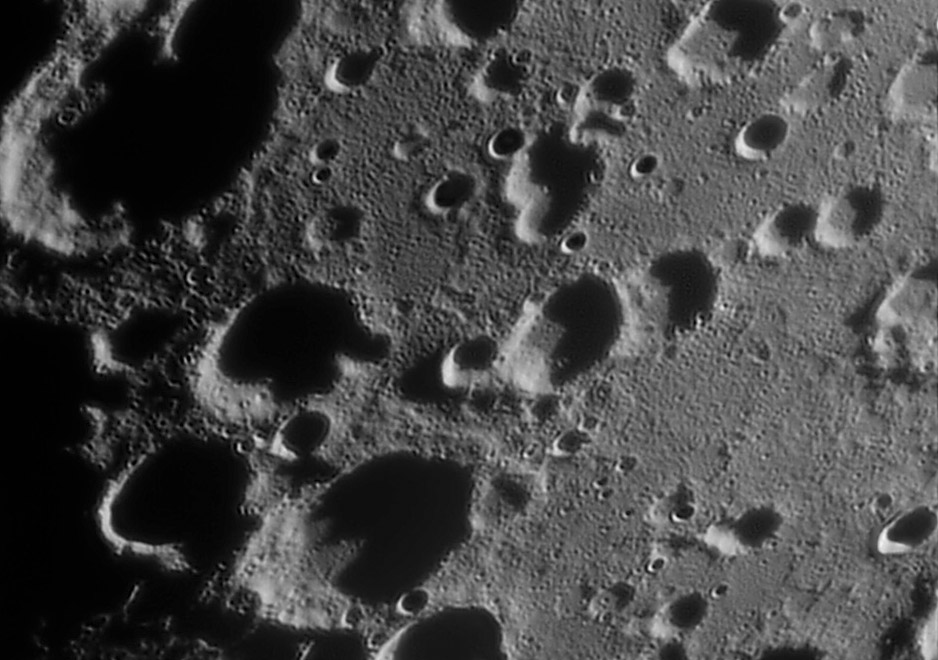Difference between revisions of "May 27, 2008"
(Created page with "__NOTOC__ =Gardening= <!-- ws:start:WikiTextHeadingRule:0:<h1> --> <!-- ws:start:WikiTextLocalImageRule:4:<img src="/file/view/LPOD-May27-08.jpg/34852381/LPOD-Ma...") |
|||
| (3 intermediate revisions by the same user not shown) | |||
| Line 1: | Line 1: | ||
__NOTOC__ | __NOTOC__ | ||
=Gardening= | =Gardening= | ||
| + | <!-- Start of content --> | ||
<!-- ws:start:WikiTextHeadingRule:0:<h1> --> | <!-- ws:start:WikiTextHeadingRule:0:<h1> --> | ||
<!-- ws:start:WikiTextLocalImageRule:4:<img src="/file/view/LPOD-May27-08.jpg/34852381/LPOD-May27-08.jpg" alt="" title="" /> -->[[File:LPOD-May27-08.jpg|LPOD-May27-08.jpg]]<!-- ws:end:WikiTextLocalImageRule:4 --><br /> | <!-- ws:start:WikiTextLocalImageRule:4:<img src="/file/view/LPOD-May27-08.jpg/34852381/LPOD-May27-08.jpg" alt="" title="" /> -->[[File:LPOD-May27-08.jpg|LPOD-May27-08.jpg]]<!-- ws:end:WikiTextLocalImageRule:4 --><br /> | ||
| Line 16: | Line 17: | ||
<strong>Related Links</strong><br /> | <strong>Related Links</strong><br /> | ||
Rükl plate 74<br /> | Rükl plate 74<br /> | ||
| − | A higher Sun [ | + | A higher Sun [[August_18,_2007|view]].<br /> |
<br /> | <br /> | ||
<br /> | <br /> | ||
| + | <p><b>Yesterday's LPOD:</b> [[May 26, 2008|The Northern Moat]] </p> | ||
| + | <p><b>Tomorrow's LPOD:</b> [[May 28, 2008|Buried Clues]] </p> | ||
<hr /> | <hr /> | ||
<strong>COMMENTS</strong><br /> | <strong>COMMENTS</strong><br /> | ||
| Line 30: | Line 33: | ||
-- Jim Mosher<br /> | -- Jim Mosher<br /> | ||
<br /> | <br /> | ||
| − | <!-- Removed reference to store page --> | + | <br /> |
| + | <br /> | ||
| + | <br /> | ||
| + | <!-- Removed reference to store page 2 --> | ||
| + | <!-- End of content --> | ||
{{wiki/ArticleFooter}} | {{wiki/ArticleFooter}} | ||
Latest revision as of 22:16, 22 March 2015
Gardening

image by Pavel Presnyakov, Kiev, Ukraine
In 1629 and again in 1645 Francsesco Fontana drew the Moon with reasonable shapes for the maria but apparently he was overwhelmed by the highlands and simply added little circles everywhere. I am reminded of Fontana's map when looking at Pavel's low Sun image of the southern highlands. Do you recognize Barocius at top left and Baco at bottom left - I had to check Rükl to make these identifications. Especially on the left side of the image, close to the terminator, there seem to be little crater pits everywhere - like a closeup of an American football. This is an old surface so it has accumulated wall to wall impact pits. Saturation is the technical term for a surface holding as many pits as possible - any new ones will simply erase existing ones, keeping the count about constant. This area looks like it is approaching saturation for small craters. The pits also act like a garden rake. They dig down about 1/5 of their diameter (excavating to ~0.5 km for these), bringing up material from that depth and mixing the near surface material both vertically and horizontally. This gardening goes on at all scales, from the constant rain of microscopic debris to the less frequent collisions that produced larger craters and basins. Back in the 1970s it was estimated that the observed craters would have gardened to an average depth of 2-3 km. That was heavy duty raking.
Chuck Wood
PS - I started a new website this weekend...
Technical Details
May 11, 2008, 18:53 UT. TAL-250K 1/22 + Vac-135, b/w 1280x1024.
See Pavel's entire image here
Related Links
Rükl plate 74
A higher Sun view.
Yesterday's LPOD: The Northern Moat
Tomorrow's LPOD: Buried Clues
COMMENTS
(1) Has anyone ever done a simulation of what a saturated surface should look like? Or do we even know enough about the dynamics of how impacts of different sizes overlay each other to do this in a meaningful way? A mix of impacts with each size occurring at a different frequency is not as simple as hammering a metal surface with a single ball-peen hammer, and the result is not at all obvious to me...
In the present case the impression of saturation seems somewhat a result of the finite resolution of the photo. For example, in the area to the immediate right of Barocius we see a high density of what look like 2-km, or so, diameter circles nearly touching. But tellingly, these are circles -- that is, they don't show the expected elliptical foreshortening of the larger craters, so their unresolved size has clearly been expanded to a larger-than-life circular shape by the telescope and/or processing. Comparing Pavel's photo to the Lunar Orbiter IV views, a few of these do correlate with craters near 2 km in diameter, but most are nearer 1 km, and (according to LO-IV, which itself has a resolution limit not all that far beyond) fresh sharply-defined craters in the 1-2 km size class are fairly widely spaced. In a very rough count there are about 20 of these in a heavily battered 10x10 km square; so if they occupy 2 square km each, about 40% of the area is occupied (even though in Pavel's image they might appear to occupy 4 sq km each, and thus completely fill the square). The remaining 60% (or more) of the surface looks relatively smooth or pitted by fresh smaller craters. But could the less dense (and "unsaturated" looking) packing of 1-2 km craters revealed by the LO view actually be what a saturated surface is expected to look like? Might the more frequent smaller craters obliterate the older larger ones leaving some packing fraction like this?
Presumably all this has been worked out, since lunar surfaces are routinely dated by the density of impacts of various sizes. Or does the dating assume the observed density of impacts in each size class can increase forever?
-- Jim Mosher
COMMENTS?
Register, Log in, and join in the comments.



